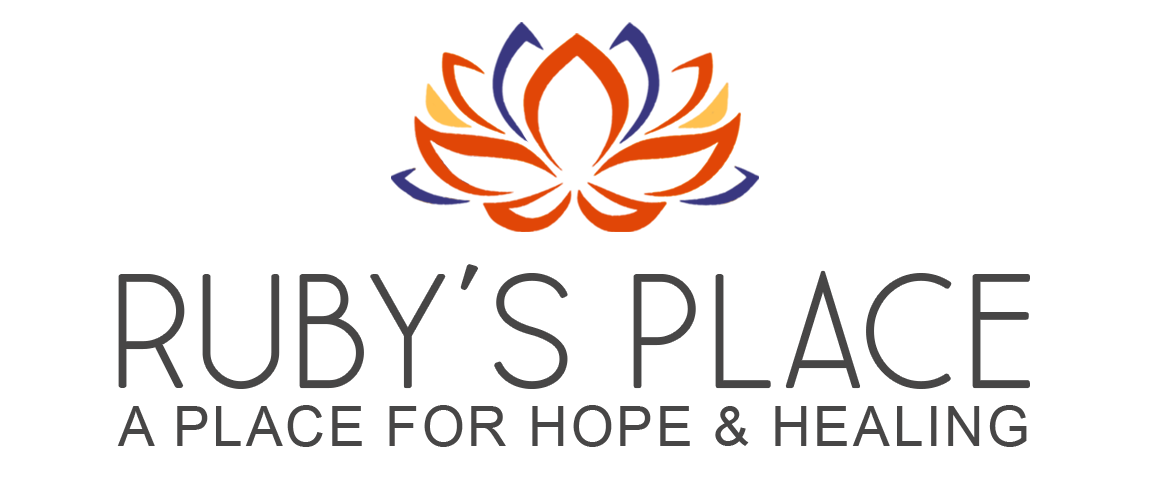What Is Historical Stress
Resmaa Menakem once said, “Trauma in a person decontextualized over time looks like personality, a trauma in a family decontextualized over time can look like family traits, trauma decontextualized in people over time can look like culture, and it takes time to slow it down so you can begin to discern what’s what.” Menakem is talking about historical stress and how it shows up for people, families, and communities. Historical stress can start with one person and be passed down to families and possibly generations. Historical stresses are traumatic events that shake the integrity of our physical and emotional well-being. Oftentimes this means looking back at someone’s history and tracking past events of diminished hopes, loss of relational safety, and absence of voice and choice. In turn, these historical stressors become encapsulated as trauma in our physical body and disrupt the typical emotional development of individuals, family systems, and even generational lineages. One way this encapsulated stress is assessed is by looking at a person’s Adverse Childhood Experiences (ACEs).
ACEs were the result of a research collaboration between Kaiser and the Center for Disease Control between 1995 to 1997. This study summarized the most impactful adverse childhood events into 9 different categories such as abuse (physical, emotional, sexual), neglect (physical and/or emotional), household dysfunction (divorce, incarcerated relative), and mental health issues (mother treated violently and/or drug abuse). The study also produced a questionnaire that consisted of 10 yes or no questions evaluating adverse childhood experiences. Four or more questions answered yes, indicating the likelihood of more intense physical and emotional challenges in adulthood. On a scale of 1-10, the closer an individual is to answer “yes” to the 10 questions, the more negative outcomes are predicted in adulthood.
While ACEs are one of the most used forms of assessing developmental trauma, it is not the only indicator of historical trauma simply because of their limitations to exploring only minors’ experiences. So, what are some of the ingredients of historical stress?
Historical stress can be chronic and/or a one-time event
It often holds rich layers of grief
It disconnects a person from a sense of self
It will take away from a person’s voice and choice (whether abruptly or gradually)
It robs an individual of a natural or assumptive sense of safety
It has the potential to impact emotional and/or physical well-being severely
It can lead to generational patterns
As unconventional as this sounds, historical stress can also be a platform for a healing and fulfilling journey that will hold the following gifts.
A deep sense of empathy
The possibility of growth and self-actualization
A sensitivity to create a connection
A sharpened sense of wisdom
A refined sense of resilience, power, and control
A brave sense of rewriting the ending
A new way of internalizing hope, joy, and groundedness
While historical stress can equate to many outcomes, it is imperative to point out the unique tendencies of individuals and the many ways trauma is processed. For one person, adverse childhood experiences can lead to negative outcomes; for another, it can lead to an inspirational journey. One thing for sure is that historical stress changes us. It changes our behavior patterns, our brain chemistry, and our interactions in relationships. This change then affects the people we are in a relationship with and the communities we inhabit. If you have experienced historical stress in the past and are curious about your ACE score, please click on the link below that will lead you to the assessment.
Link to ACEs questionnaire
https://www.acesaware.org/wp-content/uploads/2022/07/ACE-Questionnaire-for-Adults-Identified-English-rev.7.26.22.pdf


